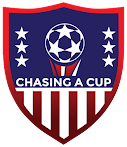
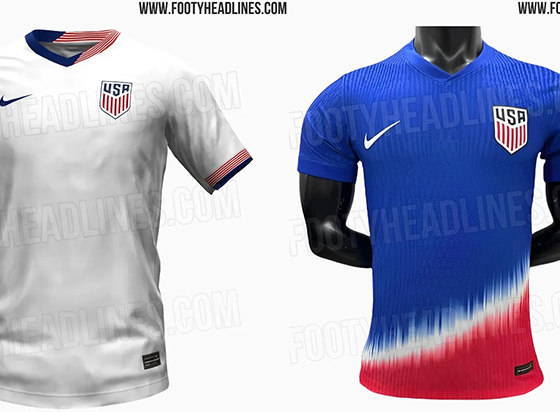
USMNT
USMNT Kits Come in Different Styles and Colors
Published
2 years agoon
Thomas Deschaine (@uskeeper on X and us_keeper on Instagram)
US Soccer kit releases are something fans get excited about and lately have resulted in disappointment. US Soccer’s recent schedule for kits release during the cycle has seen them releasing another road and or third kits in Gold Cup years and home and away pairs in the even years.
US Soccer is expected to release the 2024 Copa America kits for the USMNT in the coming weeks headed into the Nations League Finals. Last Thursday evening Footy Headlines, who has had a good track record of leaking USMNT kits in the past, provided the below pictures of the home and away USMNT kits. These kits haven’t officially been announced by Nike or US Soccer, but the anticipated announcement is expected in the coming weeks headed into the Nations League Final.

Photo from Footheadlies.com – February 29, 2024
Fake Leaked USMNT Kits
The below USMNT kits were leaked over the last decade, but none of them came to fruition, it’s fun to look at what could have been for the USMNT.
2014 World Cup Kits
These leaked kits headed into the 2014 FIFA World Cup were where loved by many USMNT fans due to the sash and the use of the Centennial Crest, but unfortunately, these kits were fakes and never released.
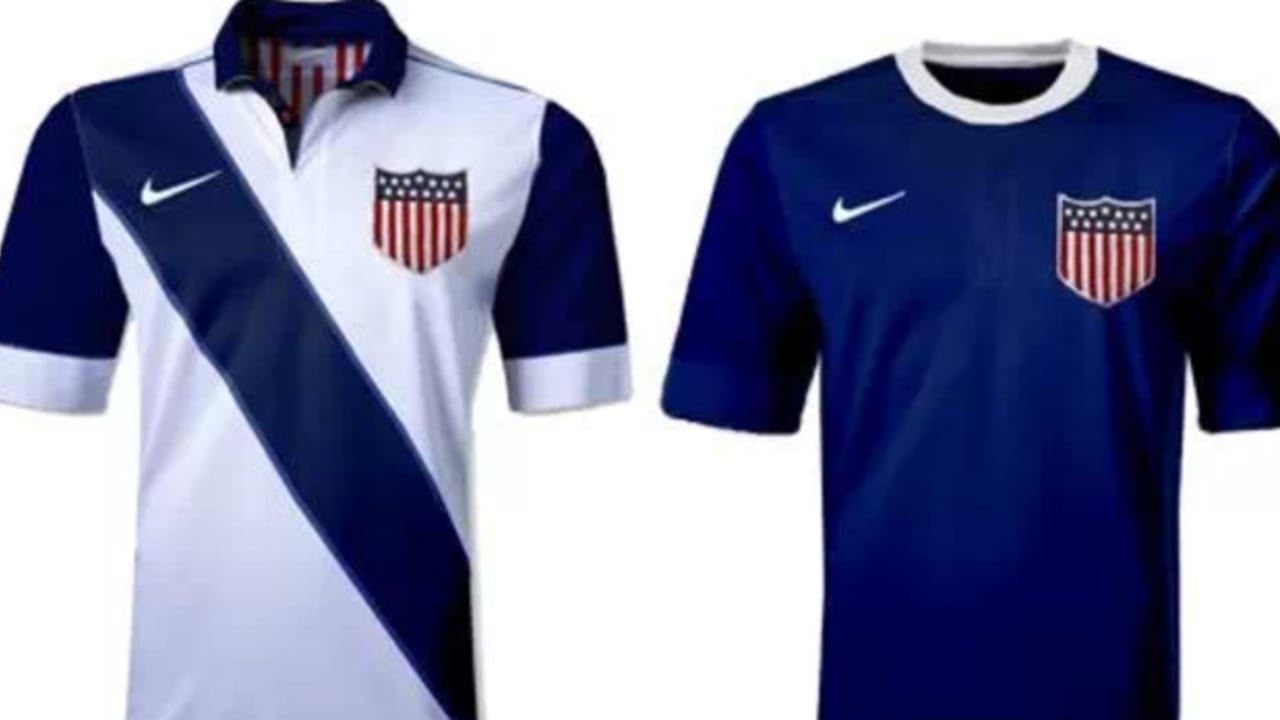
Photo from SportsLogos.Net – September 13, 2013
2015 Alternative Kit & 2016 Copa America
Generally, US Soccer releases an alternate kit in the years that the Gold Cup is played. This leak kit was reported back in 2015 by NBCSports and then again by MLS Soccer when it was suggested it could be used during the Copa América Centenario.

Photo from NBCSports – April 2, 2015
2022 World Cup Kits
I would have much preferred for the USMNT to have worn these kits at the 2022 FIFA World Cup when they ended up, but alas it was another leaked kit that never was.
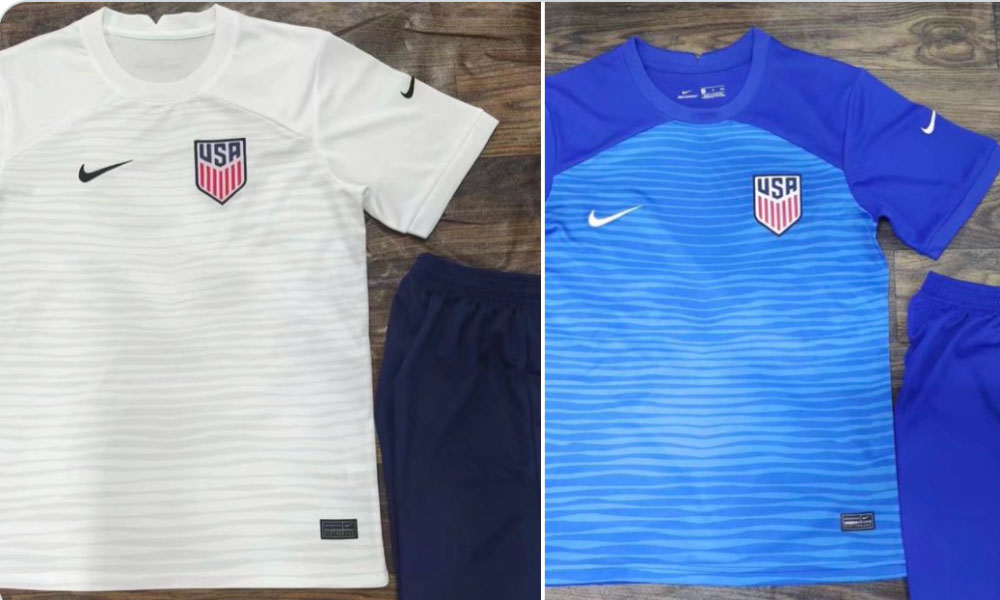
Photo from proscoccerwire.com – May 6, 2022
2024 Copa America Kit
This rumored kit for the USMNT was based on similar kits worn by the USMNT at the 1924 Olympics and the 1930 World Cup.
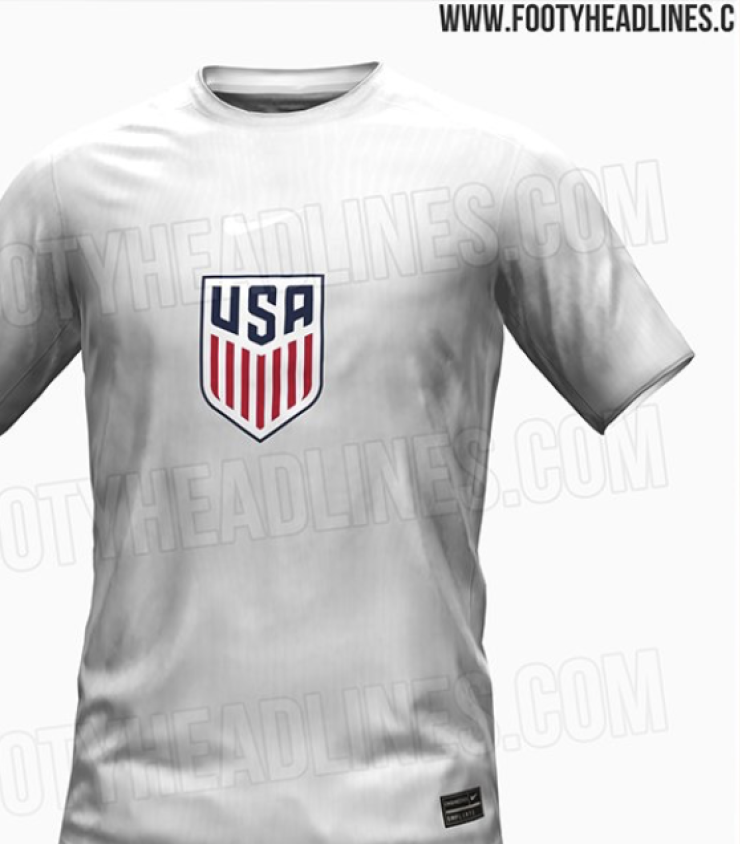
Photo from the18.com via Footieheadlines.com – September 14, 2023
History of US Soccer Crest and USMNT kits
Over ten years ago I began my research of USMNT soccer data in search of a single source site, which I quickly found didn’t exist. Through my research, I started to comply with old USMNT kits and crests from the past. As I acquired more and more kits worn by the USMNT and was able to start to fill in the gaps between them I decided to digitally recreate these kits and share them with the USMNT fans.
Here’s a look at what I was able to find while it seems like a lot I am sure there are many more kits I missed and if so I would love to know which ones so I could create and update what I have already.
History of US Soccer Crests
Here’s the history of the US Soccer crests. I had to recreate several of these crests based on old pictures I found throughout my research since there were no digital images available.

USMNT Kits – 1916-1973
These were the first kits worn by the USMNT which weren’t sponsored. There are variations of these kits worn by the USMNT which comprised of variations of crests and styles, likely due to available funds during this time. My favorite kits in the group are the ones with the sashes from the 1928 and 1936 Olympics and the 1959 Pan American Games.
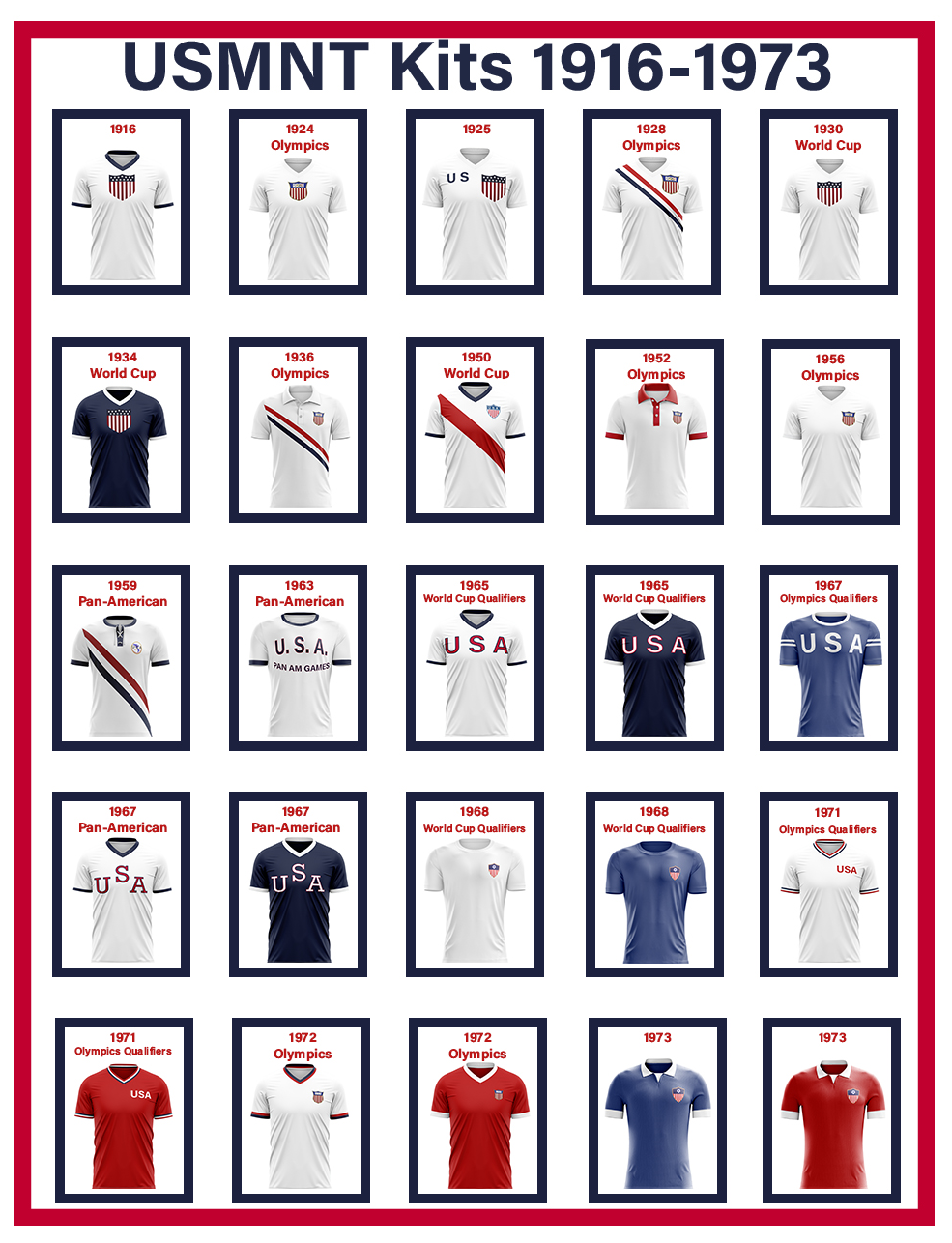
USMNT Kits – 1974-1983
The group of kits for the USMNT were the first that were sponsored by Adidas. There were a lot of similar styles of kits during this time which really lacked any creativity. My favorite kits in the group are the ones from the middle to late 1970s, there is something about their simplicity and clean look.
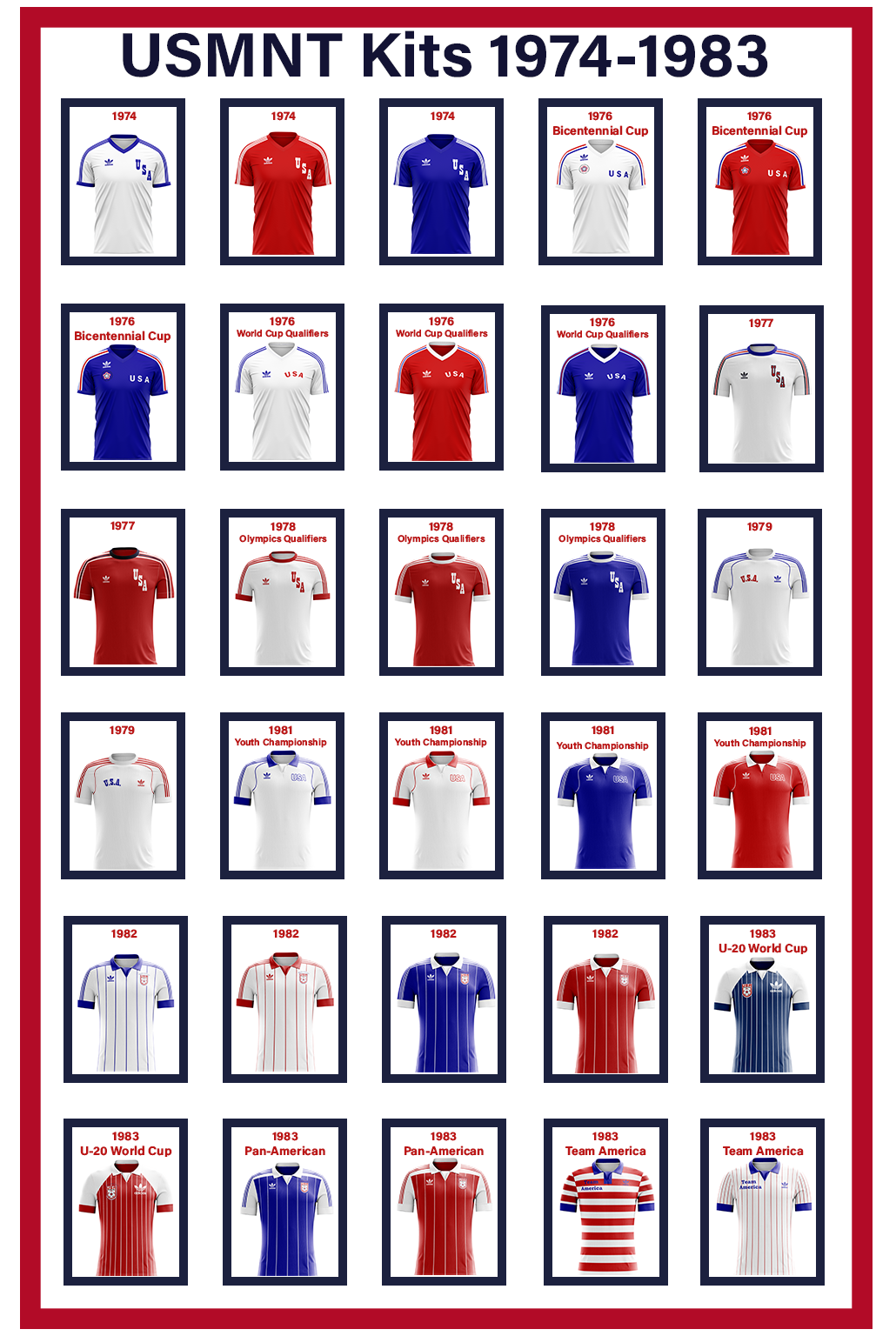
USMNT Kits – 1984-1994
Adidas’s 20-year run of creating kits for US Soccer ended in 1994, with few quality kits made during those couple of decades, which is ironic considering how nice Adidas’s kits are today. My favorite kits in the group are the 1985/1986 blue hoop kit and the 1988 Blue Olympic kit.
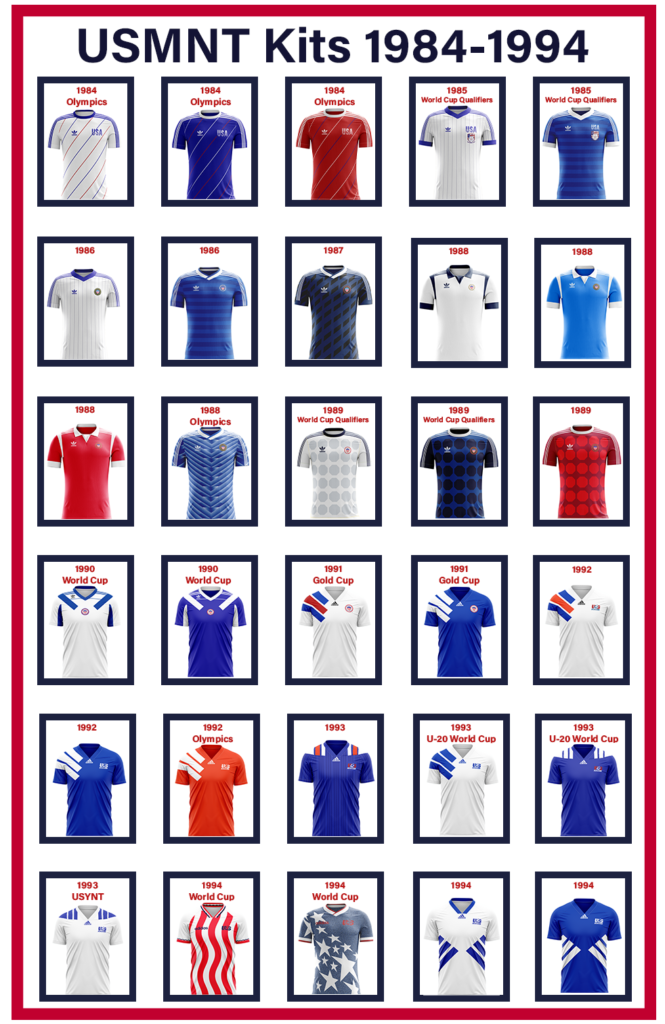
USMNT Kits – 1995-2011
In 1995 Nike took over the creation of the US Soccer kits and started by making three similar kits for the 1995 Copa America and 1996 third kit for the US Cup. Nike did release three Special Edition kits in 2003, 2004, and 2006, which were only worn for one match each. My favorite kits in the group all had a sash on them, which were both the 2010 World Cup kits and the red 2011 Gold Cup kit.

USMNT Kits – 2012-Current
Most USMNT fans would agree that recent kits released by Nike haven’t held the standard seen in the 2010s, where the hoops/stripes that some many fans loved for the 2012 Waldo kits were incorporated. My unsung kits of this group are the 2018 home kit, which would have been worn at the 2018 FIFA World Cup, and the 2017 Gold Cup kit.
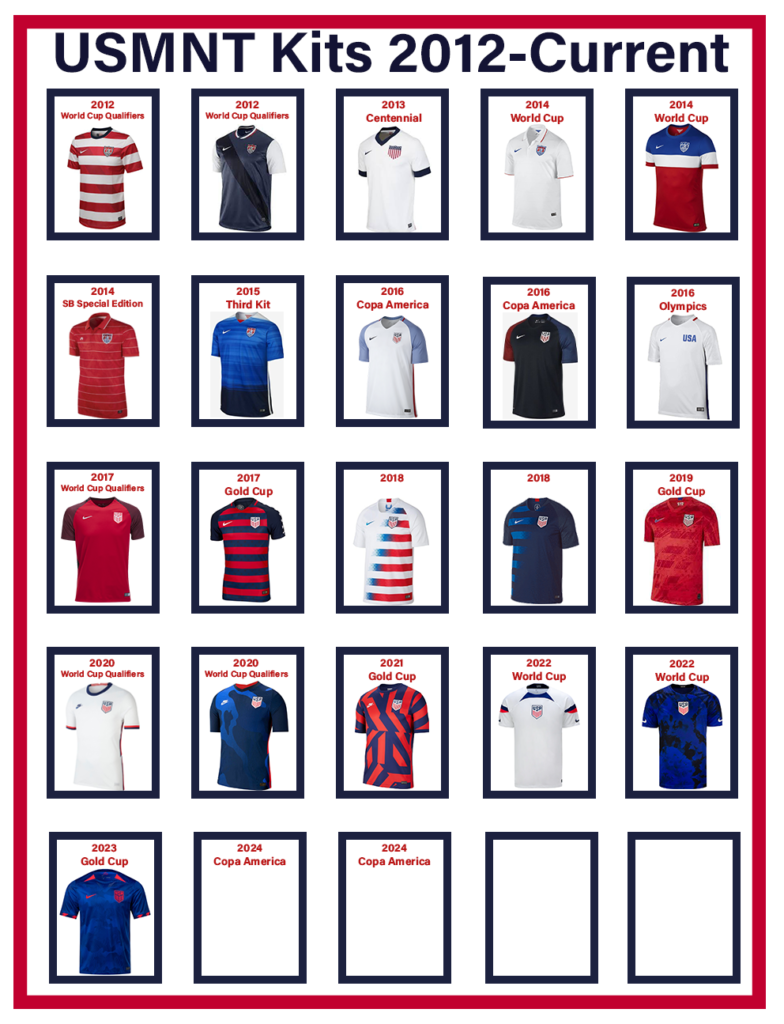
USMNT Kits going forward
Nike and US Soccer signed what was considered a historical long-term sponsor agreement, in November 2021, that went into effect in Janaury 2023 that will run for at least a decade which will cover the 2026 FIFA World Cup and 2028 Summer Olympics and possibly a 2027 or 2031 Women’s World Cup hosted in the United States, so for fans who has hoped for a different kit creator they will have to wait a while.
Once the 2024 Copa America kits are released US Soccer will likely only release one more kit for the 2025 Gold Cup for the USMNT before releasing the 2026 World Cup kits. One idea that I’ve had for a long time was for US Soccer to release Special Edition Kits with styles from the past, with the limited release of those kits, coupled with playing matches in locations and venues throughout the United States to build the fan base and excitement for the 2026 FIFA World Cup.
In conclusion, I am somewhat optimistic that US Soccer and Nike will create some variation of the 2012 Waldo kit & 1994 Stats and Denim kit to be worn as the hosts of the 2026 World Cup.
You may like
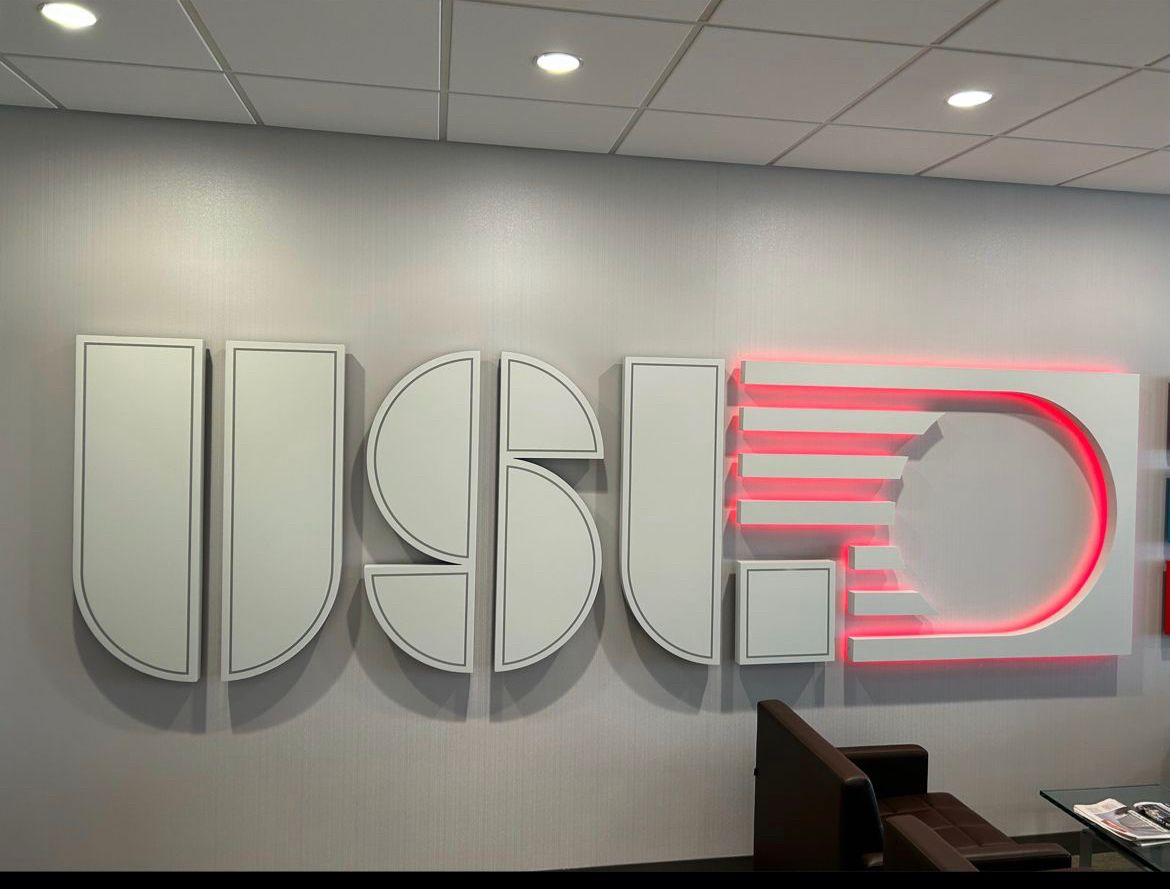
USL made national headlines when they announced on February 13th, 2025, their plans to launch a Division One league, followed by the announcement of promotion/relegation on March 19th for the new Division One league, the Championship, and League One. If sanctioned by US Soccer, USL Division One would be of equal status to MLS and compete for the best major soccer league in the U.S. The implementation of promotion/relegation in the USL would become the first in the U.S. and test the question asked for many years, “would pro/rel work in the U.S.” USL HQ informed the public that they planned to have the inaugural season of Division One during the 2027-2028 season with promotion/relegation beginning in 2028.
Until November 3rd, with the announcement of Tony Scholes being hired as the President of the Division One, only three teams have applied for membership to the inaugural season of Division one: Louisville City, North Carolina FC (who announced at the time of the Scholes news that they would fold until the launch of Division One), and Pittsburgh Riverhounds. There has been a rapid expansion of teams in the already existing leagues since the two announcements. Teams joining League One are: Fort Lauderdale FC (2026 debut), New York Cosmos (2026 debut), Port St. Lucie SC (2027 debut), Sporting Cascades FC (2026 debut), and Rodeo FC (2027 debut). Fort Wayne FC and Sarasota Paradise would also be joining League One from League Two (2026 for both teams). For the Championship, Reno, NV will once again have a team planned for a 2027 debut. Along with those teams, USL is actively working to expand to other markets. The markets and partners they are looking at are Brevard County, FL (Space Coast Pro Soccer), Riverside, CA (Riverside Pro Soccer), Brownsville, TX (City of Brownsville), Winter Garden, FL (Central FL Pro Soccer), Santa Rosa, CA (City of Santa Rosa), and Pensacola, FL (City of Pensacola).
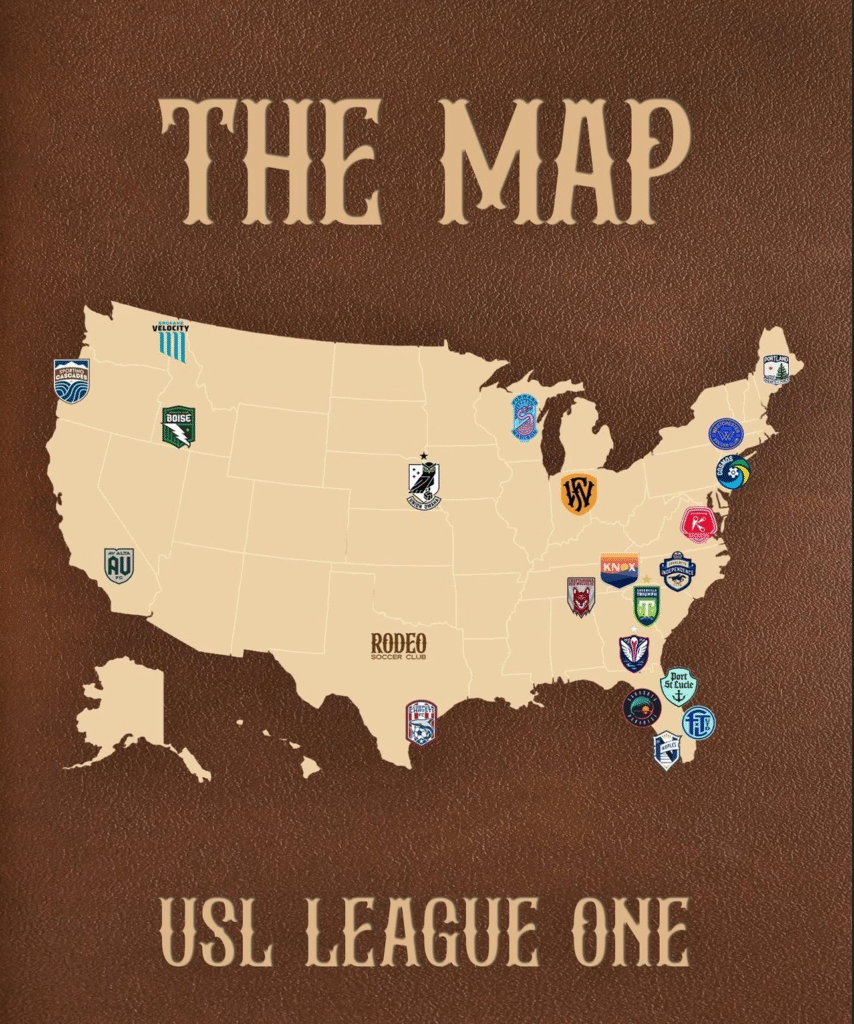
Along with these recently announced teams and partnerships, USL has teams joining the organization just in time for promotion/relegation that were announced prior to the February and March news. Starting with League One, these teams include: Corpus Christi FC (2026 debut) and Athletic Club Boise (2026 debut). As for the Championship, they will be adding Brooklyn FC (2026 debut), Sporting Jax (2026 debut), Atlético Dallas (2027 debut), Milwaukee Pro Soccer (TBD), USL Pro Iowa (TBD), Buffalo Pro Soccer (TBD), and Ozark United FC (2027 debut), while Santa Barbara Sky FC (2027 debut) would replace Memphis 901 FC.
Other than that, news on the Division One and promotion/relegation had been quiet until USL snatched Tony Scholes from the English Premier League. Tony Scholes will be the President of Division and help with the implementation of promotion/relegation. Scholes served as the chief football officer of the EPL and will join USL at the end of the EPL season. As of November 15, 2025, USL Division One has not been sanctioned as a division one league by US Soccer. The hiring of Scholes indicates that they are confident this new league will get approved or they have already been told it will, behind closed doors. The fact that we have not heard news on what the promotion/relegation format would be, and Scholes task would be to help implement it could mean that USL has not come to a decision on one. Since we do not have any ideas on what the format could be, I want to provide a possible option that they could go with.
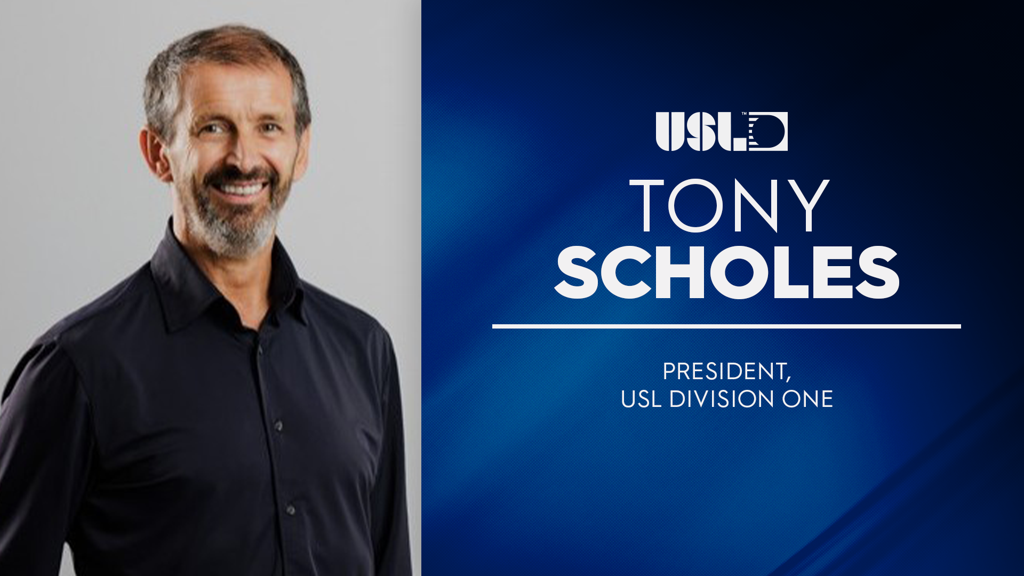
One of the biggest questions people have had since the USL announced promotion/relegation was how they would tie it to the playoffs. There is an option they could do, but it would result in only having one playoff. USL would have a playoff for Division One, but they would eliminate the concept for the Championship and League One. It might not be the most popular idea here in the U.S., but the main goal for the lower leagues is to get promoted, not to win a trophy. They would retain the league title for those two leagues with the winner being the team with the most points at the end of the season, just like how it is in the European leagues. The purpose is to create fairness for the top performing team(s) in the two lower leagues and reduce confusion. If there is a need for a playoff format, they could adopt the format the Bundesliga uses where the 16th best team in the first division and the 3rd best in the second division face-off in a two-leg match to see who would be in the first division the following season. The other option is the Championship concept, where the teams who finished 3rd through 6th in the table compete in a promotion playoff. The semi-finals are two-leg matches while the final is a single-leg match. The winner is promoted to the EPL. The execution of promotion/relegation must be done perfectly to retain fans, gain fans, prevent confusion, and be entertaining.
USL already has a division one league with their women’s Super League, who is competing against the NWSL. Currently, the S League has only nine teams (Brooklyn FC, Carolina Ascent FC, Dallas Trinity FC, DC Power FC, Ft. Lauderdale United FC, Lexington FC, Spokane Zephyr FC, Sporting Jax, and Tampa Bay Sun FC) to the NSWL’s 14 teams (3 teams in the works). The Super League will be adding an additional nine teams (Athletic Club Boise, New York Cosmos, Ozark United FC, Buffalo Pro Soccer, Chattanooga Red Wolves FC, Forward Madison FC, Indy Eleven, Oakland Soul SC, and USL Palm Beach) with all but three to have their inaugural season to be determined. What makes the S League unique from the rest of the soccer leagues in the U.S. is that they use a fall-summer schedule. Competing against a top five women’s league in the world is a tall ask, but it shows the ambitions of USL.
They are also willing to take risks by voting to pass promotion/relegation for the men’s league and have a fall-summer schedule for the S League. If the S League schedule format proves successful, it stands to reason that they would move the men’s leagues to the same schedule. It would also avoid the organization from having to fight MLS for viewership when the leagues are in play, especially when they launch a direct rival and are at their most ambitious point in their history. The same can be done for the S League if promotion/relegation is successful for the men. USL can start establishing lower women’s leagues and introduce promotion/relegation to the women’s game here in the U.S.
Many would say USL still stands no chance at competing against MLS, even with promotion/relegation and having a division one league. That is the case when you look at the quality of the players is finance, but that is the reason why the USL made these decisions based on the reports prior to the announcements and afterwards. Promotion/relegation and the introduction of a division one league could see an increase in investors. We are already seeing that with the likes of Gio Reyna joining Fort Lauderdale as an investor, BellTower Partners investing into USL, Sofia Huerta and Kasey Keller joining the Athletic Club Boise ownership group, and the Chickasaw Nation becoming an investor of the OKC for Soccer just this year alone. Then there is the expansion fee for MLS, MLS Next Pro, and the USL leagues. MLS charges an astounding $500 million! Yes, the money is used to construct a proper stadium, acquire players, etc., but at this point it will discourage many from purchasing a franchise license. MLS currently only has two leagues and one of them is advertised as a development league to prepare for MLS. The expansion fee for an independent team to join MLS Next Pro is unknown, but Sports Business Journal reported in 2024 that it is significantly cheaper than the USL Championship. The fee to join the USL Championship is $20 million while League One is only $5 million. These two fees are significantly lower than MLS and that will be more appealing to potential owners, but unlike the MLS fee, it is not enough for a stadium, training grounds, and players. As for what the fee is to join USL Division One, that is unknown at the moment.
I highly recommend reading the ESPN article by Jeff Carlisle titled “Will USL’s Move to Pro-Rel Change U.S. Soccer, Threaten MLS?” In there, Carlisle discusses the reasons behind the decision and that it is mostly financial. For example, a USL spokesperson said they expect to see an increase in commercial revenue by 15% to 30% due to promotion/relegation. Also, the former owner of San Diego Loyal lost $40 million in 4 seasons. As for the reaction from MLS, we have not heard one yet. The only possible reaction we have seen from them is what the former MLS Next Pro president, Charles Altchek, told to Backheeled back on March 6th, 2025. In the interview, he told them they aim to have 40 to 50 teams and a possible second league with one of the MLS Next Pro leagues being a second division, putting it in direct competition with USL Championship. The biggest question is, whichever league that is, can compete for fans? Due to the Apple TV deal, we currently do not have the ratings of MLS Next Pro. The closest idea we have is the attendance, which is 5,580 for USL Championship per match to MLS Next Pro’s 3,361, according to Transfermarkt. Unlike the attendance, the viewership for USLC is much higher where the season premiere match had 453,000 viewers. MLS Next Pro’s massive expansion plan announcement date was either a coincidence, or MLS got word USL’s promotion/relegation implementation with the division one news, and this was their response. I will let you come to your own decision.
It seems, as of right now, it appears MLS will sit back and wait to see how the USL’s Division One and promotion/relegation will play. Division One and promotion/relegation will either be successful for USL and lead them to the financial success they are hoping for or lead to the possible collapse of USL. American sports fans are not the only ones keeping their eyes on USL now, but the rest of the soccer world is after their two massive news. The coming years are going to be exciting times for American soccer!
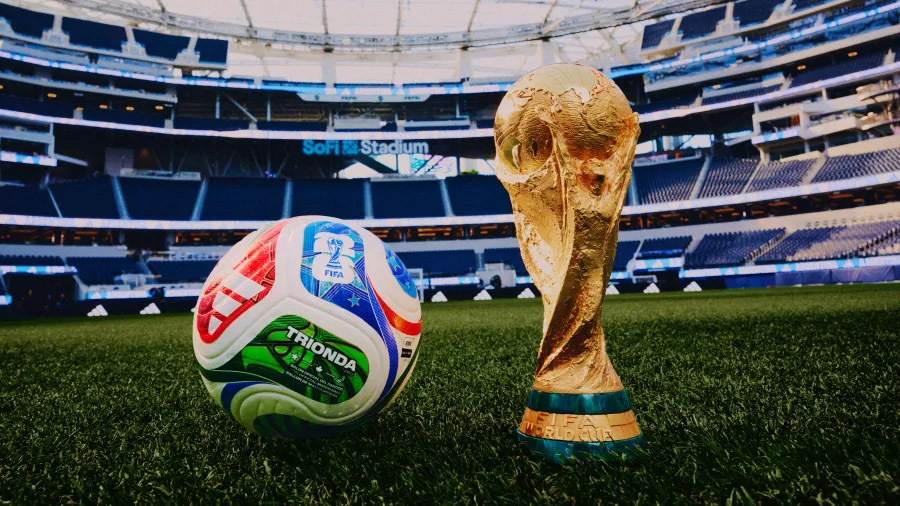
From Maradona to Messi: A Quick Look at World Cups 1986–2022
Thomas Deschaine (@uskeeper on X and us_keeper on Instagram)
A quick look back at the last ten World Cups reveals how the world’s greatest sporting event has evolved and grown through the decades. With over 200 days until the 2026 FIFA World Cup kicks off, here’s a high-level recap of the tournaments that shaped its legacy, and a glimpse of what’s next.
1986 – Mexico
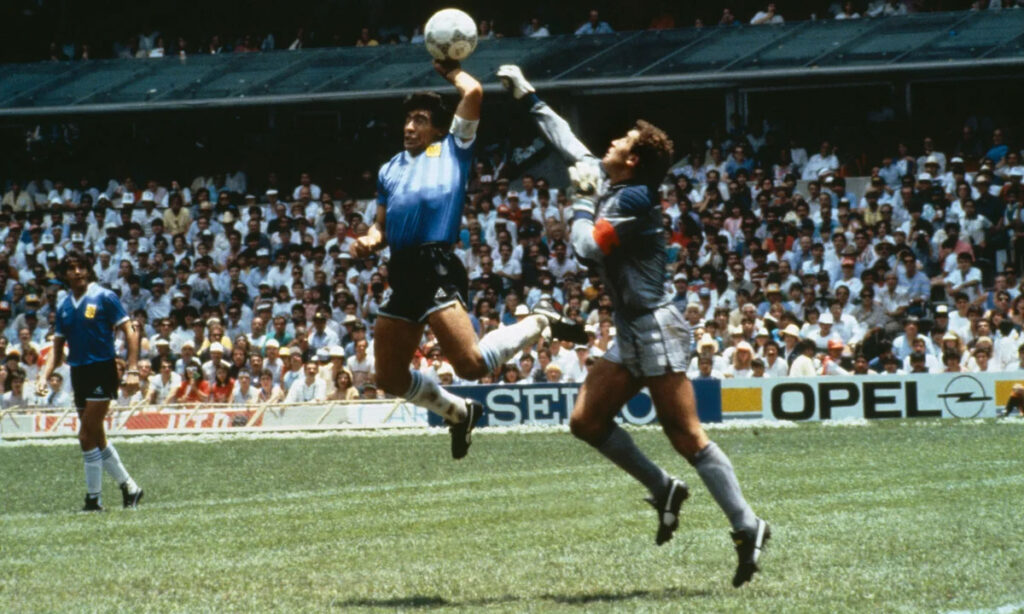
Diego Maradona delivered a World Cup for the ages, scoring both the “Goal of the Century” and the infamous “Hand of God” in the same match, then leading Argentina past West Germany to claim their second World Cup title.
1990 – Italy

The USA returned to the World Cup after a 50-year absence in what became the lowest-scoring tournament in history, as West Germany edged Argentina 1–0 on a late penalty. It marked West Germany’s final World Cup before reunification.
1994 – United States
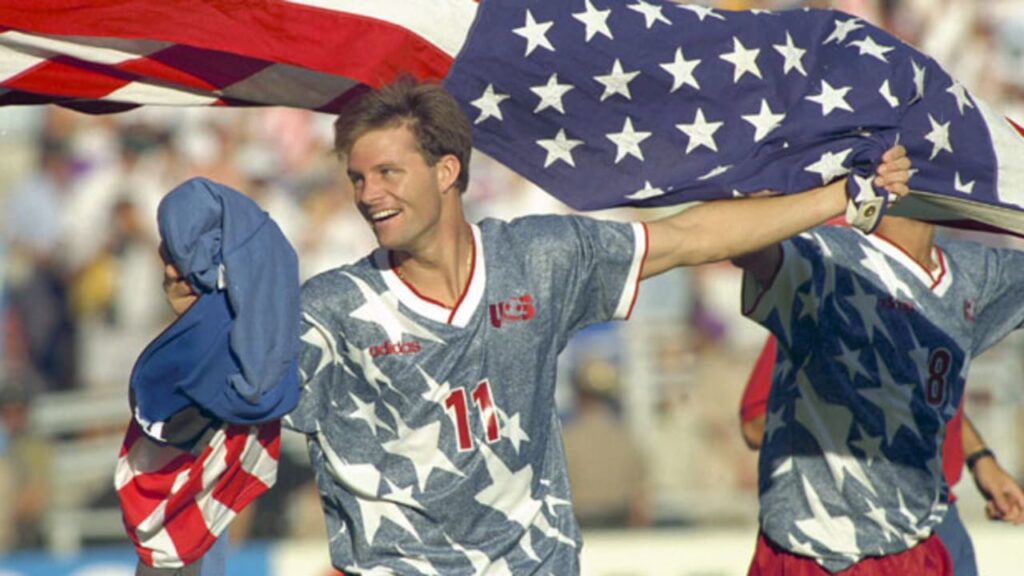
The USA hosted its first-ever World Cup, setting all-time attendance records as Brazil defeated Italy in the tournament’s first final decided by a penalty shootout in front of the largest crowds in US since the 1984 Olympics.
1998 – France
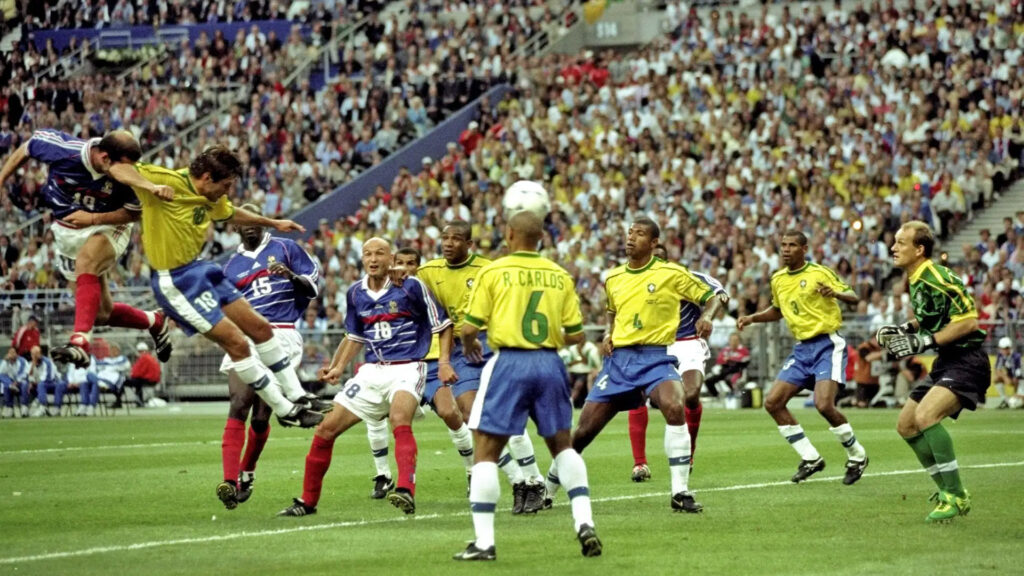
FIFA’s first 32-team World Cup saw host nation France capture its first-ever title, becoming the seventh country to win the trophy. Led by Zinedine Zidane triumphed on home soil with a commanding victory over defending champions Brazil.
2002 – South Korea/Japan
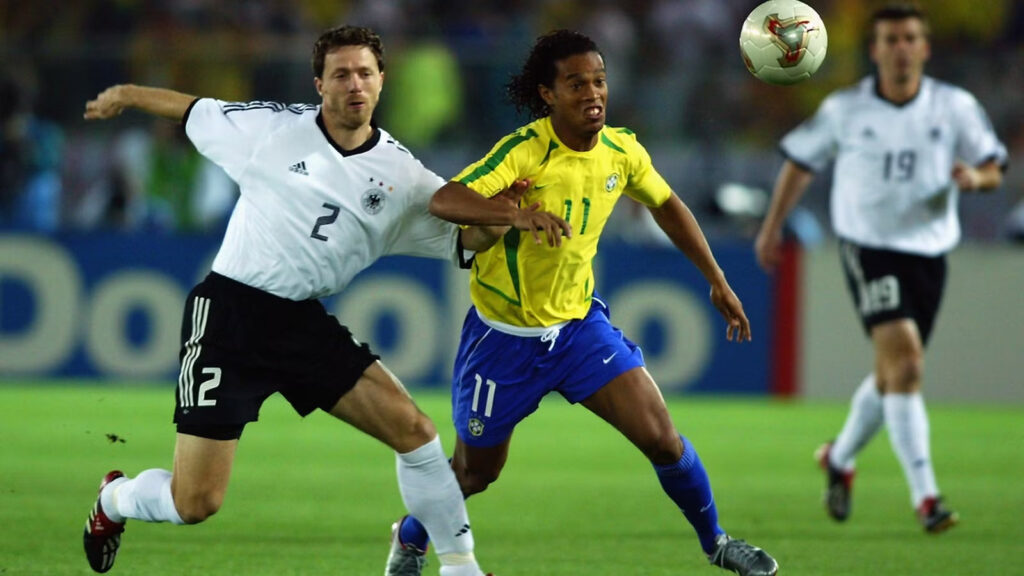
The first World Cup with co-hosting nations saw South Korea stun many by reaching the semifinals, while Brazil claimed their fifth title, powered by Ronaldo’s two goals in the final against Germany.
2006 – Germany

Germany came up short on home soil, losing in extra time to eventual first-time finalist Italy in the semifinal. Italy went on to claim its fourth World Cup, edging France on penalties in a final forever marked by Zidane’s infamous headbutt in extra time.
2010 – South Africa
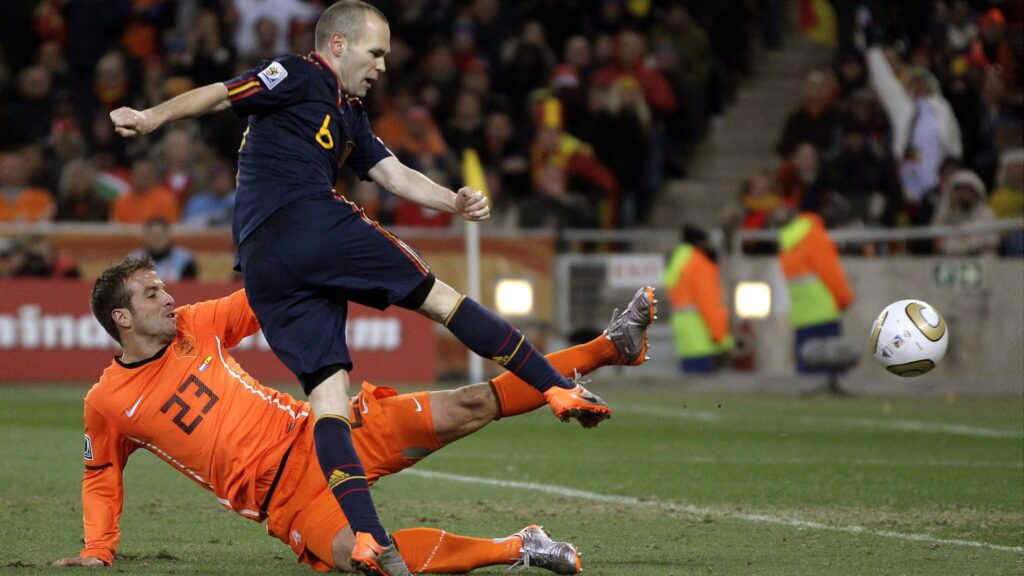
The first World Cup hosted by a CAF nation, South Africa, saw the host nation become the first ever to fail to advance past the group stage. Meanwhile, Spain captured their first World Cup, showcasing their tiki-taka mastery and defeating the Netherlands in extra-time with Andrés Iniesta’s decisive goal.
2014 – Brazil
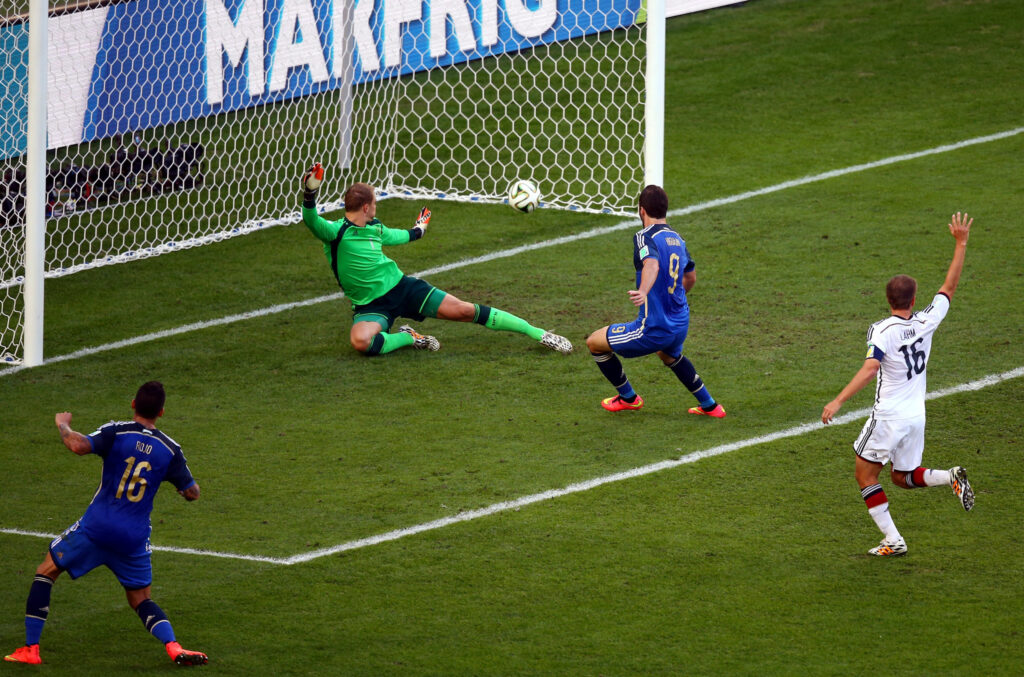
Host nation Brazil reached the semifinals on home soil but suffered a shocking 7–1 defeat to Germany and then fell 3-0 to the Netherlands in the third-place match. Germany went on to defeat Argentina in extra time, with Mario Götze scoring the decisive goal, while Lionel Messi claimed the Golden Ball as the tournament’s best player.
2018 – Russia
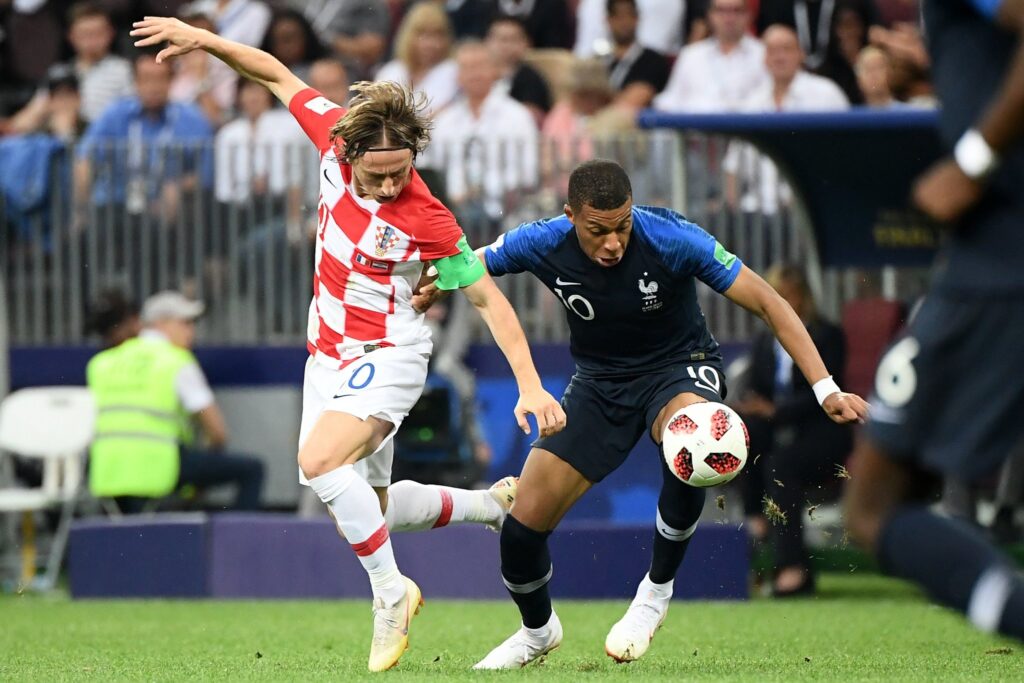
France’s golden generation, spearheaded by tournament Best Young Player Kylian Mbappé, captured their second World Cup title with a thrilling 4–2 victory over Croatia, led by Golden Ball winner Luka Modrić.
2022 – Qatar

The 2022 World Cup, overshadowed by controversies over migrant worker treatment and extreme heat, which pushed the tournament to November and December, ultimately delivered a historic finale. Lionel Messi achieved crowning glory as Argentina triumphed on penalties in a thrilling 3–3 final against France, highlighted by Kylian Mbappé’s hat-trick.
2026 – United States/Mexico/Canada
The 2026 World Cup will feature a major expansion from 32 to 48 teams and, for the first time ever, be hosted by three nations. Mexico will make history as the first country to host matches in three different World Cups, while the United States becomes the sixth nation to host at least twice. What unforgettable moments will define this landmark tournament?
USMNT
One Home or Many? The Debate Over a Primary Venue for U.S. Soccer
Published
1 month agoon
October 16, 2025
Thomas Deschaine (@uskeeper on X and us_keeper on Instagram)
The logics of the United States make it almost impossible for the USMNT or USWNT to have a primary venue to play all of their home matches but a trend of playing in a handful of stadiums has been developing over the last couple of cycles. US Soccer says there are specific factors behind where matches are played, some make sense, while others come across as lazy or lacking creativity.
If and when Major League Soccer aligns with the FIFA calendar and observes international breaks, more MLS stadiums could become available for matches. While not all MLS venues currently feature natural grass, US Soccer has indicated they would be willing to invest in installing grass, though at a cost of around $500K and with potential concerns about surface reliability.
Global Approach to Scheduling
Many of the top-tier international teams play their World Cup qualifiers and other critical matches in a primary venue or two. Here’s a sample of some of those countries and generally where they play based on my research.
Here are some of the more notable nations that play nearly all of their home matches at a single venue, a setup made practical by their smaller size and simpler logistics, which also makes it easier for fans.
Germany and Spain are known for rotating their non-critical home matches across multiple venues.

Argentina-Estadio Monumental (River Plate)
Belgium– King Baudouin Stadium (Brussels)
Colombia-Estadio Metropolitano Roberto Meléndez
England-Wembley Stadium
France– Stade de France (Saint-Denis, near Paris)
Italy-Stadio Olimpico
Northern Ireland-Windsor Park (Belfast)
Norway-Ullevaal Stadion (Oslo)
Portugal– Estádio da Luz (Lisbon)
Republic of Ireland-Aviva Stadium (Dublin)
Scotland-Hampden Park (Glasgow)
Uruguay-Estadio Centenario
Wales-Cardiff City Stadium
What’s in a location?
Here’s a look at the past few cycles, highlighting the USMNT’s home matches and the venues they’ve used. While US Soccer has clarified that they don’t control Gold Cup or Nations League venue selection, a point still under debate, they do manage the locations for Friendlies and World Cup qualifiers and continue to review and adjust those choices.
2026 Cycle (Matches Scheduled Through the end of 2025) – 46 Home Matches – 30 unique cities
So far, half of the USMNT’s home matches in the 2026 cycle have been held across eight venues. Only two more windows, March and May/June, remain for Friendlies before the 2026 World Cup.
- 4-AT&T Stadium, Arlington, Texas
- 4-Energizer Park, previously CityPark, St. Louis, Missouri
- 4-Q2 Stadium, Austin, Texas
- 3-Inter&Co Stadium (previously Orlando City Stadium and Exploria Stadium, Orlando, Florida
- 2-Allegiant Stadium, Paradise, Nevada
- 2-Geodis Park, Nashville, Tennessee
- 2-Rentschler Field, East Hartford, Connecticut
- 2-TQL Stadium, Cincinnati, Ohio
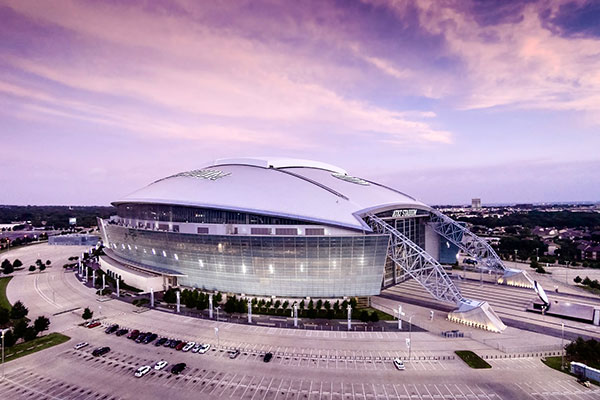
AT&T Stadium, Arlington, TX
2022 Cycle – 43 Home Matches – 24 unique cities
I can almost give US Soccer a pass on city and venue selection during the 2022 cycle, given the global circumstances at the time. That said, it’s interesting that they scheduled three consecutive home World Cup qualifiers in Ohio, with final round two matches in Columbus. Columbus has been a recurring choice, hosting multiple qualifiers in 2014, 2018, and 2022, handling one match each during both the semifinal and final rounds of qualifying in 2014 and 2018.

Lower.com, Columbus, Ohio
2018 Cycle – 47 Home Matches – 33 unique cities
During the 2018 cycle, the USMNT played in a wider variety of cities and venues. Aside from four matches in Carson, California for the January camp, they only repeated a location eleven times.

Dignity Health Sports Park, Carson, CA
2014 Cycle – 43 Home Matches – 29 unique cities
During the 2014 cycle, the USMNT repeated cities twelve times, but only two cities hosted more than two matches: Carson, California, where two of three games were for Camp Cupcake, and Kansas City, Kansas, which hosted three matches.

Children’s Mercy Park, Kansas City, Kansas
2010 Cycle – 35 Home Matches – 18 unique cities
One of the leanest home schedules in recent cycles saw the USMNT play in just 18 different cities, with 11 of them hosting only a single match. Over half of their home games were concentrated in four cities: Carson, California (7 matches); Chicago, Illinois (5 matches); and Foxborough, Massachusetts and Washington, D.C. (3 matches each).
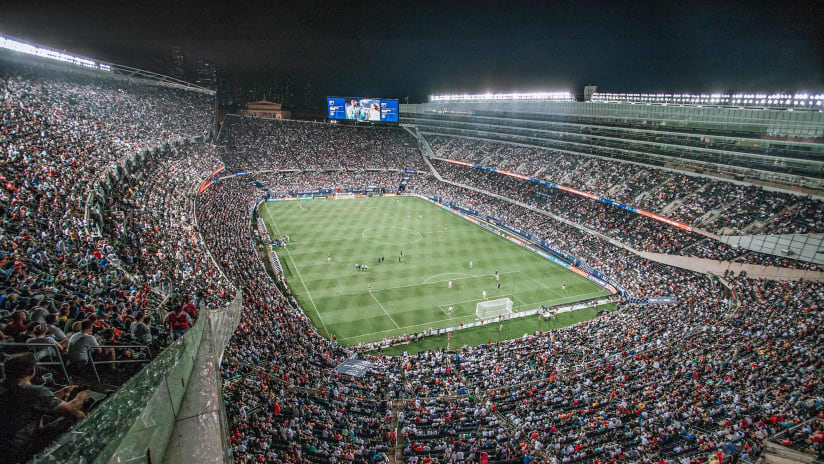
Soldier Field, Chicago, IL
2006 Cycle – 44 Home Matches – 24 unique cities
The USMNT played eight matches in Foxborough, Massachusetts—double the number held in the next two cities, Columbus, Ohio, and Miami, Florida, which each hosted four matches. Notably, the team has excelled in Foxborough, losing only once in 22 games played there.

Foxboro Stadium, Foxborough, MA
2002 Cycle – 38 Home Matches – 16 unique cities
During the 2002 cycle, California was clearly a preferred destination for the USMNT, hosting matches in five different cities across twelve games. Foxborough, Massachusetts, and Washington, D.C. each hosted five matches as well.

Rose Bowl Stadium, Pasadena, CA
1998 Cycle– 40 Home Matches – 21 unique cities
Washington D.C. was the city of choice for the USMNT during the 1998 cycle playing six matches. The USMNT would also play more than two matches in Los Angeles, California (5 matches), Foxborough, Massachusetts (4 matches) and Pasadena, California (3 matches) while playing only one match in twelve other cities.
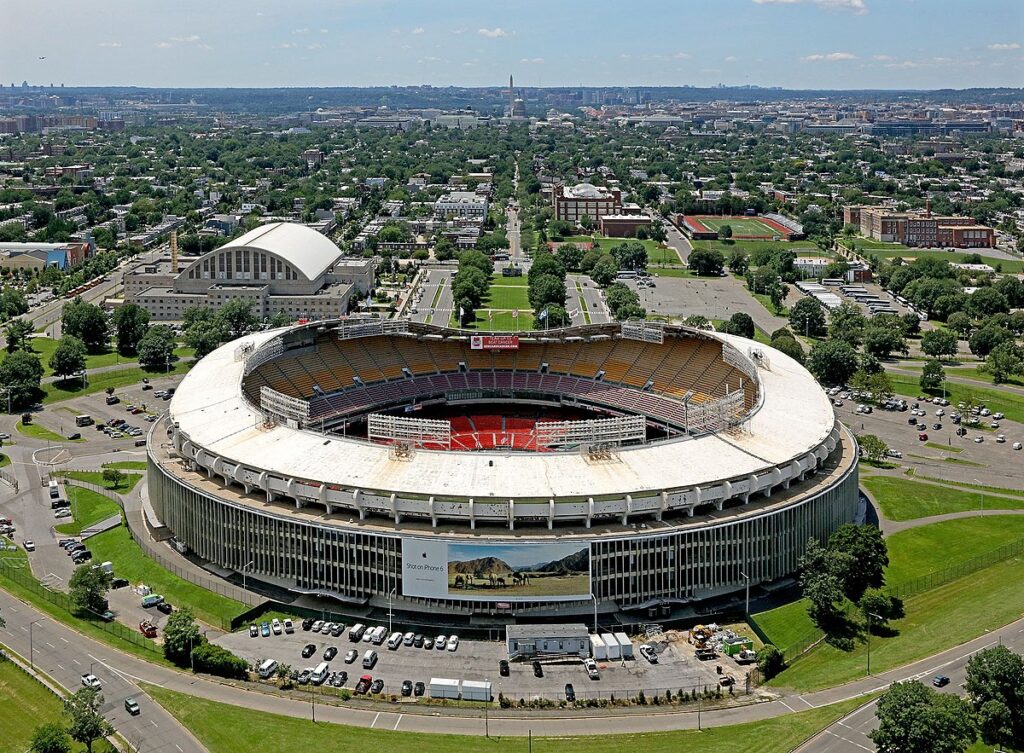
RFK Stadium, Washington, DC
Long Term Venue Strategy
While US Soccer may favor a single venue for most USMNT and USWNT matches, doing so would limit access for thousands of fans across the country. However, with the move to Georgia and the Arthur M. Blank U.S. Soccer National Training Center set to open in early 2026, ahead of the World Cup, it’s likely that future matches will focus on venues within three to four hours of Atlanta. We can expect the majority of games to continue taking place in roughly ten to twelve core cities.
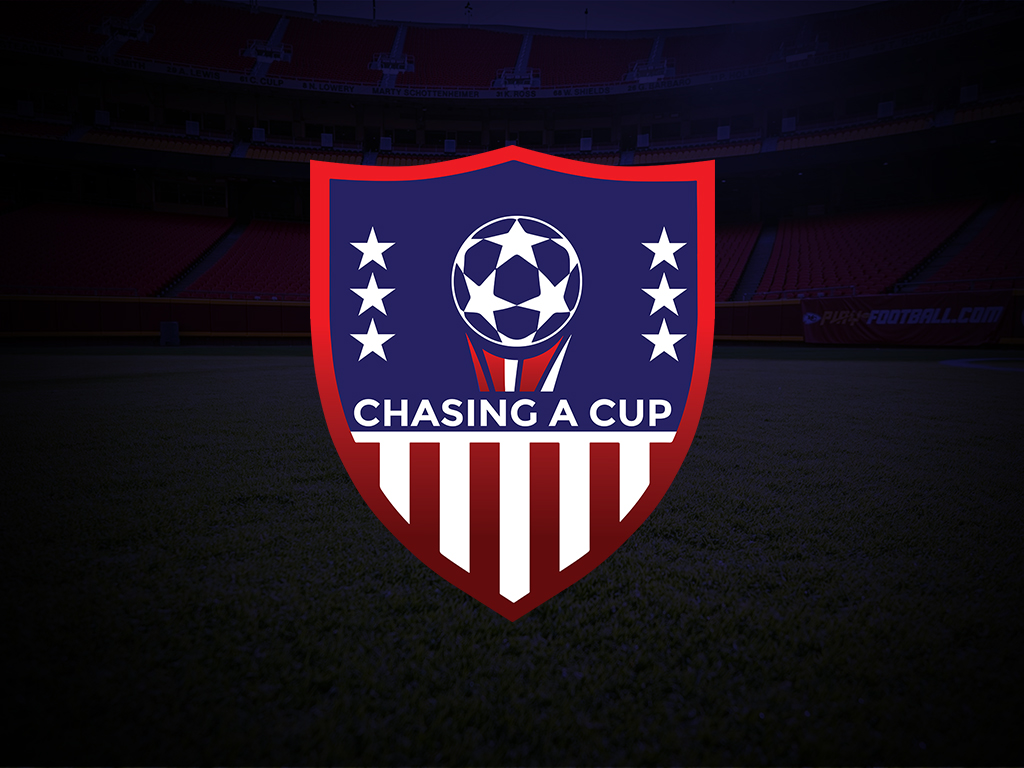

USL’s American Soccer Dream

From Maradona to Messi

One Home or Many? The Debate Over a Primary Venue for U.S. Soccer

Trending
-

 Club News1 year ago
Club News1 year agoAmerican Transfers: Stock Up & Stock Down
-

 Club News6 years ago
Club News6 years agoJulian Vincente Araujo
-
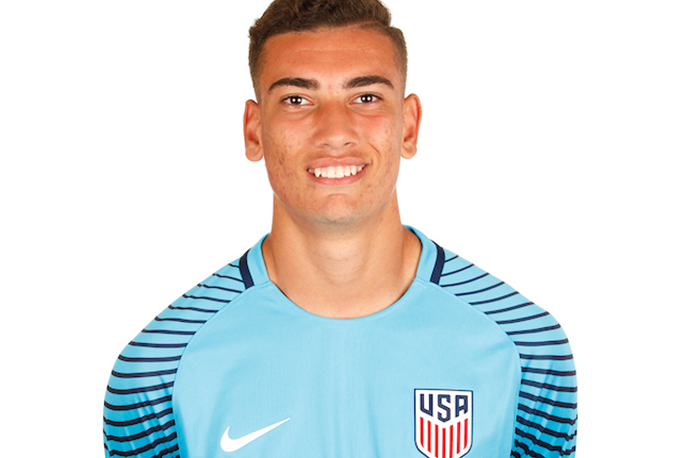
 Club News5 years ago
Club News5 years agoCJ dos Santos, Benfica
-

 USMNT5 years ago
USMNT5 years agoA Hidden Gem: Barça Residency Academy
-
USMNT3 years ago
World Cup Format History
-

 USMNT2 years ago
USMNT2 years agoIs the MLS Specifically Targeting Expansion to USL Cities?
-
USMNT6 years ago
MLS Quota
-
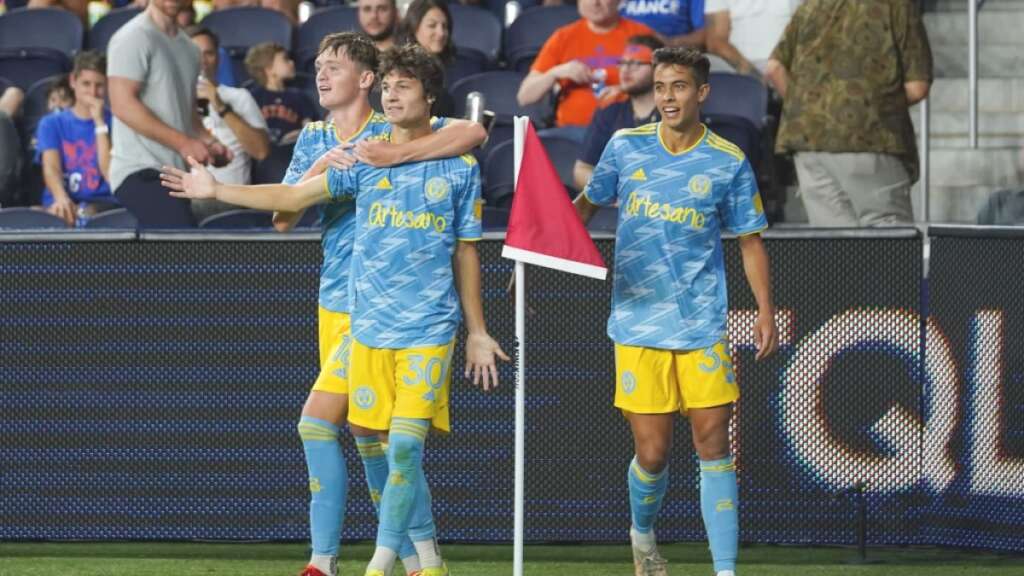
 MLS3 years ago
MLS3 years ago2022 Youth Series: MLS Club Youth Talent Rankings

